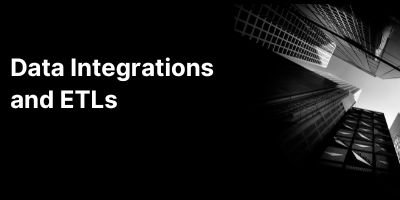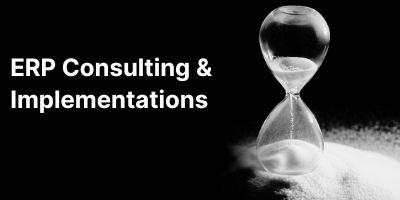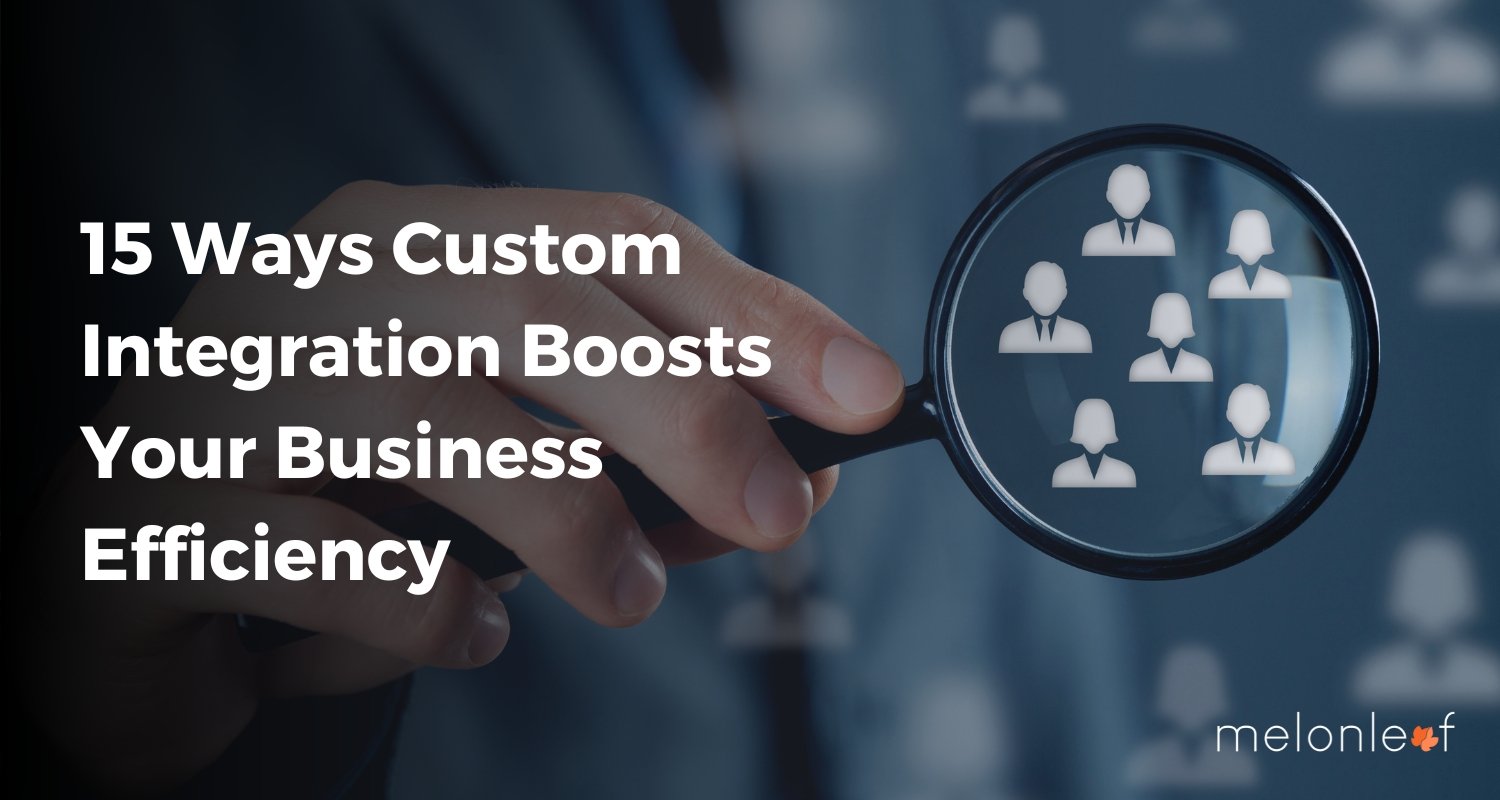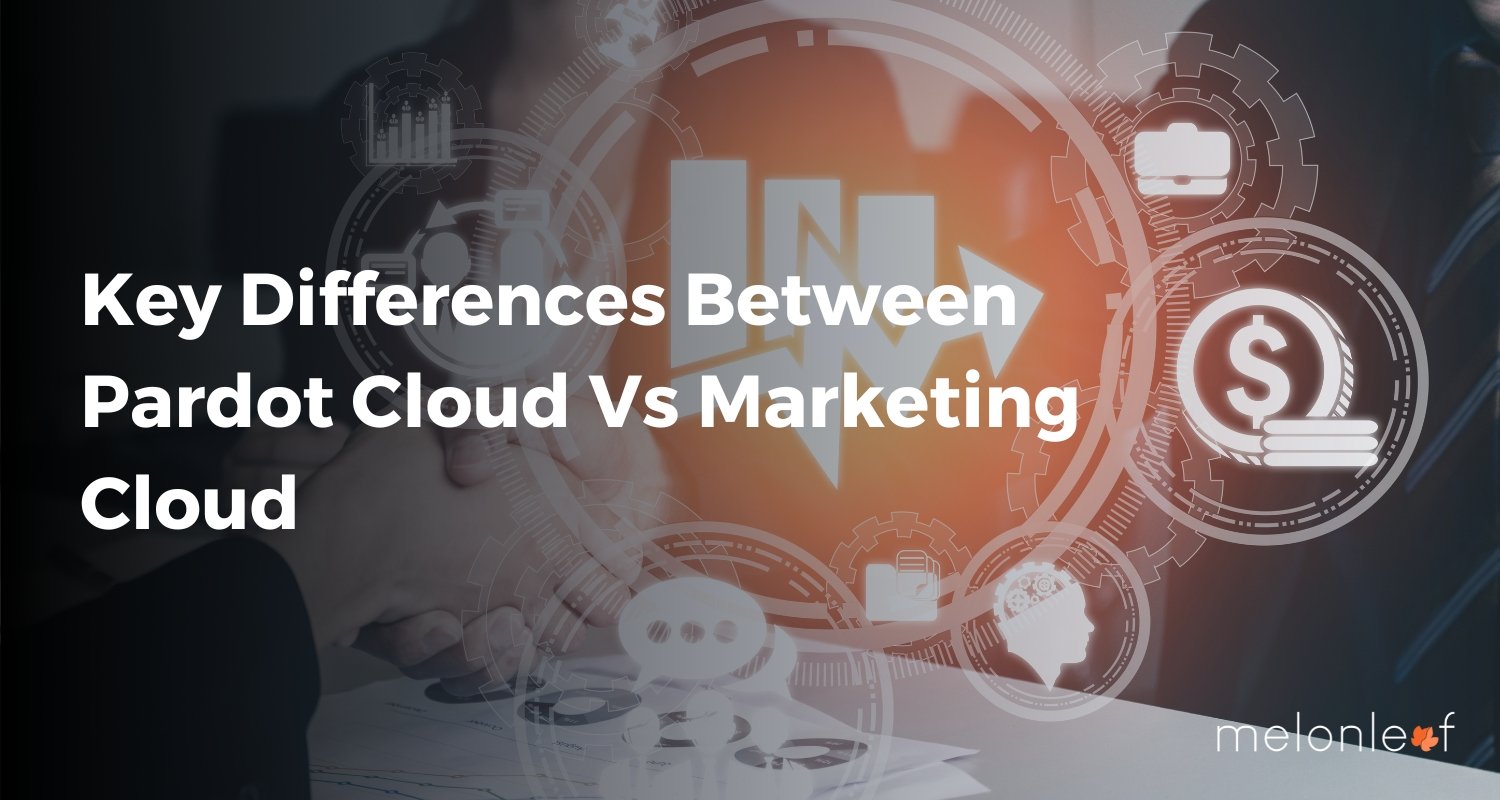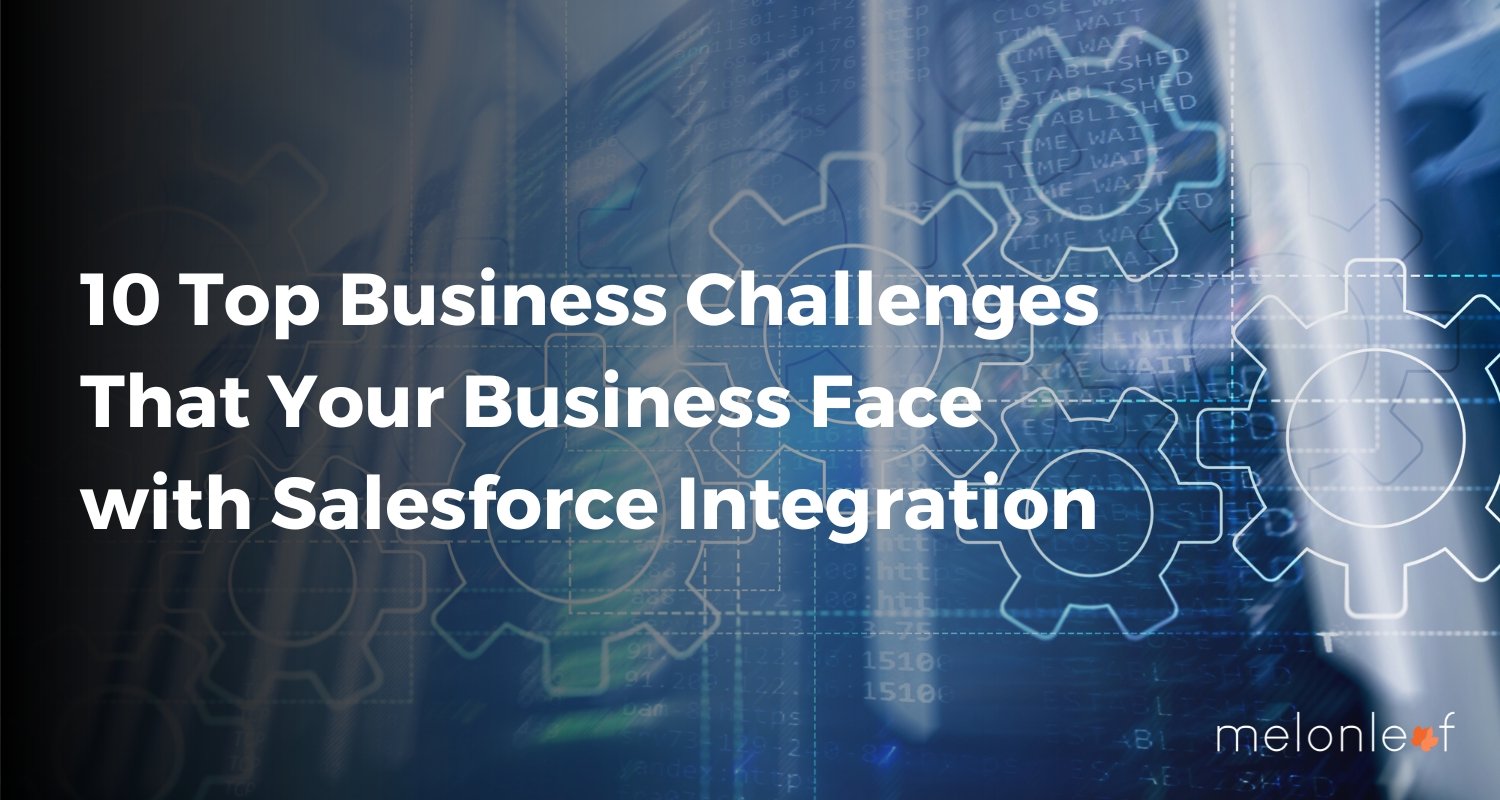
10 Top Business Challenges That Your Business Face with Salesforce Integration
Introduction
In the expansive landscape of customer relationship management, Salesforce stands as a towering force. While its suite of tools is a game-changer, integrating Salesforce into your operations is no small feat.
From startups to enterprises, companies often grapple with the nuances of data migration, system integration, user adoption, customization, and ongoing maintenance. These challenges, left unaddressed, can cast shadows of delays, cost overruns, and project failures.
But fear not – we're here to illuminate the path to success.
The promise is a unified platform where data and functionalities converge, enhancing efficiency. Yet, this symphony of integration isn't without its challenges. It requires a skilled implementation partner to navigate the complexities of data movement, ensuring the safety of valuable business records.
Join us on this exploration as we unravel the heart of Salesforce integration challenges. This journey promises insights to conquer obstacles and ensure a triumphant implementation.
Consider this your guide to navigating the integration symphony with finesse. So, fasten your seatbelts, as we embark on the Salesforce integration odyssey, where challenges meet their match in preparation and innovation.
10 Top Challenges in Salesforce Integration
In the rapidly evolving realm of business technology, the convergence of Salesforce cloud solutions with ERP applications holds the promise of streamlined operations, unified business data, and enhanced capabilities. However, the journey to successful integration is rife with challenges, and Melonleaf, a leading systems integration firm, sheds light on these hurdles along with strategic solutions.
Challenge 1: Misconception about Data-Centric Integration
Description
Many organizations, particularly within their IT groups, perceive integration as primarily a data mapping task. The prevalent myth is that by merely mapping data fields, the integration puzzle is solved. However, Melonleaf emphasizes that integration goes beyond data – it is a multifaceted challenge that intricately involves business processes.
Solution
Melonleaf advocates for a paradigm shift, urging organizations to focus on the big picture and engage in detailed planning. It underscores the critical need to understand current processes, envision future management, and identify the new capabilities required. In this context, integration becomes a function-focused endeavour where the reengineering and optimization of functions are pivotal to success.
Challenge 2: Team Composition Issues
Description
A common scenario in project kick-off meetings is the dominance of IT managers. While IT expertise is crucial, relying solely on IT resources for Salesforce projects is a recipe for failure. Business projects demand a holistic approach that includes knowledgeable resources from various organizational facets, not just IT.
Solution
Melonleaf recommends building a cross-functional team that combines IT expertise with individuals who intimately understand daily business processes. This approach ensures a comprehensive understanding of both the technical aspects of ERP and the functional requirements crucial for achieving high performance.
Challenge 3: Understanding Data Structures
Description
The diversity in how different ERPs handle, organize, and deliver data poses a significant challenge. Some ERPs use unique structures, others manage data in multiple locations, and some make mapping nearly impossible. Each ERP's idiosyncrasies contribute to the lack of perfect, integration-ready data.
Solution
Melonleaf's consultants tackle this challenge by utilizing a structured methodology. Detailed blueprints and an extensive set of critical questions about processes, functions, and data categories are employed to gain a profound understanding of even the most complex data structures.
Challenge 4: Unrealistic Project Timelines
Description
Clients often rush projects with a focus on completion rather than success. This haste can lead to shortcuts, such as inserting data directly into ERP back-end tables, and bypassing necessary application layers. The result is a chaotic system with broken stored procedures, incorrect information distribution, and pervasive bad data.
Solution
Melonleaf advises adopting a crawl, walk, run approach. Starting with one-way integrations focusing on essential ERP data, the approach gradually progresses to more complex integrations. This methodical, meticulous approach ensures a two-way flow of accurate, complete, and current data.
Challenge 5: Historical Data Accommodation
Description
Clients often desire to retain extensive historical data, unaware of the complexities involved. Sales data, spanning several years, is particularly challenging due to the multitude of data points, potential inaccuracies, and outdated connections.
Solution
Melonleaf suggests explaining the pitfalls associated with retaining old data and recommends limiting the timeframe to a more manageable period, typically three years. This approach ensures a more realistic and meaningful data migration task.
Challenge 6: Customer and Vendor Accounts Integration Complexity
Description
One of the early integrations in ERP + Salesforce projects involves merging customer and vendor accounts. The complexity arises from differing data structures, especially with ERPs storing key data in multiple tables compared to Salesforce's single-table management.
Solution
Melonleaf recommends initiating the integration process at the project's start. By focusing on integrations early, the risk of overlooking critical integration points is reduced. Anticipating future functional requirements guides the identification of necessary integrations and data utilization.
Challenge 7: Delaying Integration Until the End of Implementation
Description
A common misconception is that integration should wait until the project is nearly complete, a strategy that often results in rework, costly mistakes, and missed opportunities for efficiency improvements.
Solution
Melonleaf strongly advocates embedding integration in the methodology from the project's kick-off. By tying integration to business process implementation, conducting iterative testing, and allowing consultants time to gain insight into ERP intricacies, delays and higher implementation costs can be avoided.
Challenge 8: Synchronization of Real-Time Data
Description
Maintaining real-time synchronization between Salesforce and ERP systems poses a significant challenge. The dynamic nature of business data requires instantaneous updates across platforms to ensure accuracy. Failure to achieve this synchronization can lead to discrepancies, impacting decision-making and operational efficiency.
Solution
Melonleaf emphasizes the implementation of robust data synchronization mechanisms. This involves the strategic use of middleware or integration platforms that facilitate real-time data flow between Salesforce and ERP. Additionally, meticulous planning and testing are crucial to identifying and addressing potential synchronization bottlenecks.
Challenge 9: Customization Alignment
Description
Both Salesforce and ERP systems often undergo customization to meet specific business needs. However, aligning these customizations seamlessly during integration can be challenging. Discrepancies in customization frameworks may lead to functionality issues, user adoption challenges, and overall operational inefficiencies.
Solution
Melonleaf recommends a meticulous analysis of customisation elements in both Salesforce and the ERP. This involves creating a detailed inventory of custom objects, fields, and processes. A structured mapping process is then employed to align these customizations, ensuring a harmonious integration that preserves the intended functionality of both systems.
Challenge 10: Security and Compliance Concerns
Description
Integrating Salesforce with an ERP brings forth concerns related to data security and compliance. Different systems may have distinct security protocols, and overlooking these variances can lead to data breaches or non-compliance with industry regulations, exposing the organization to legal and reputational risks.
Solution
Melonleaf underscores the importance of a comprehensive security assessment during the integration planning phase. This involves understanding the security features of both Salesforce and the ERP, identifying potential vulnerabilities, and implementing protocols to ensure data integrity and compliance. Encryption, access controls, and regular security audits are crucial components of this solution.
Conclusion
As you navigate the intricate landscape of Salesforce and ERP integration, MelonLeaf emerges as the quintessential partner for success. MelonLeaf brings a wealth of expertise through seasoned professionals, adept at navigating the complexities of data migration, system integration, and customization.
What sets MelonLeaf apart is its commitment to providing comprehensive solutions. Moving beyond mere data-centric integration, they focus on business processes and functionality, ensuring a holistic and goal-aligned strategy.
MelonLeaf's collaborative approach is a key strength. This collaborative synergy sets the stage for a streamlined integration process that reflects organizational goals.
Embark on your Salesforce integration journey with confidence, guided by MelonLeaf's excellence. Explore our Salesforce Integration Services to witness firsthand how MelonLeaf transforms challenges into triumphs. Delve into our insightful blog for a deeper understanding of the nuances of Salesforce implementation.
Let MelonLeaf be your trusted guide, ensuring a seamless, efficient, and ultimately successful Salesforce integration for your organization.
FAQ
-
1 Why is Salesforce integration with ERP systems so challenging?
- Integrating Salesforce with ERP systems is challenging due to the inherent differences in data organization, management, and access across various ERPs. Additionally, the misconception that integration is solely a data-centric task contributes to the complexity. Understanding that it involves business processes and functions is crucial for successful integration.
-
2 How can we ensure real-time data synchronization between Salesforce and ERP?
- Achieving real-time data synchronization requires robust mechanisms and meticulous planning. Middleware or integration platforms play a key role in facilitating instantaneous data flow. Melonleaf recommends the strategic use of such tools, coupled with continuous testing to identify and address potential synchronization bottlenecks.
-
3 What is the significance of customization alignment in Salesforce and ERP integration?
- Customization alignment is crucial to ensuring that the unique customizations in both Salesforce and ERP systems harmoniously coexist during integration. Discrepancies in customization frameworks can lead to functionality issues and operational inefficiencies. A meticulous analysis, inventory creation, and structured mapping process are recommended to achieve alignment seamlessly.
-
4 Why is it essential to limit the timeframe for historical data migration during Salesforce integration?
- Limiting the timeframe for historical data migration is essential to avoid the challenges associated with maintaining large volumes of outdated and potentially inaccurate data. Melonleaf recommends focusing on recent, relevant historical data to streamline the migration process, reduce complexity, and enhance overall integration efficiency.
-
5 How does MelonLeaf approach Salesforce integration differently from other service providers?
- MelonLeaf distinguishes itself through its holistic approach to Salesforce integration. Their expertise lies not only in data-centric integration but also in understanding and optimizing business processes and functionality. A collaborative approach, cross-functional team engagement, and a commitment to security and compliance set MelonLeaf apart as an ideal Salesforce implementation partner.
Related Posts
15 Ways Custom Integration Boosts Your Business Efficiency
15 Ways Custom Integration Boosts Your Business Efficiency As a visionary CTO or Director of…
15 Tips to Hire the App Development Company
15 Tips to Hire the Ideal App Development Company In the world of AppExchange app…
Key Differences Between Pardot Cloud Vs Marketing Cloud
Key Differences Between Pardot Cloud Vs Marketing Cloud Welcome to the ultimate face-off: Salesforce Pardot…
A Complete Overview to Salesforce Pardot Cloud
A Complete Overview to Salesforce Pardot Cloud In the dynamic landscape of modern business, optimizing…



